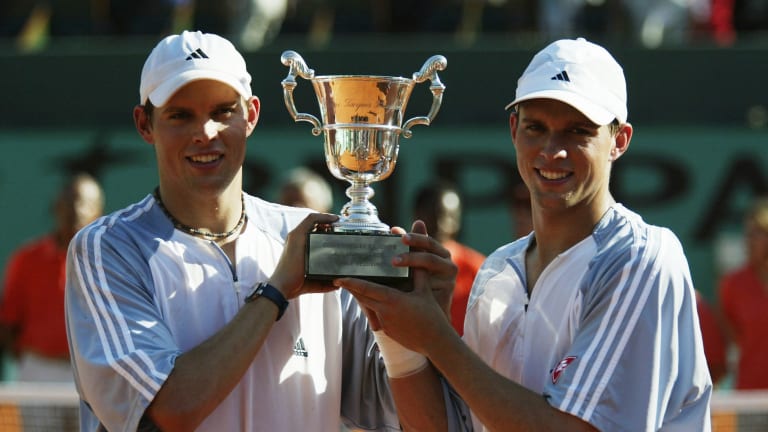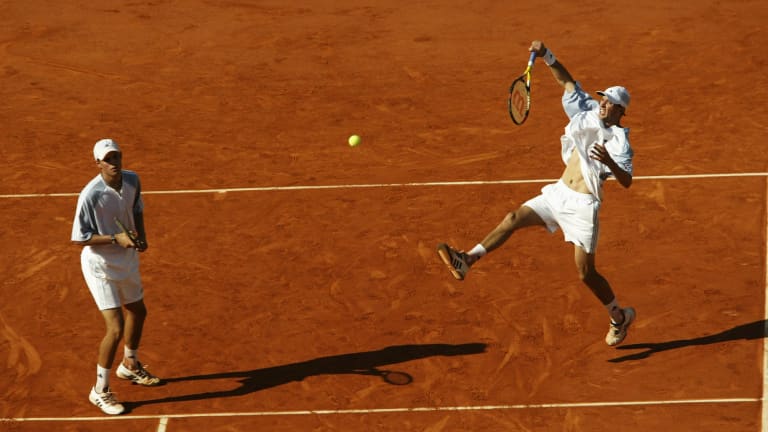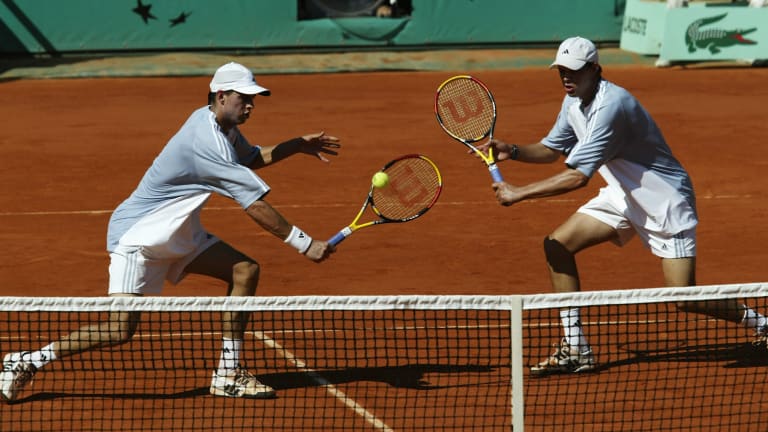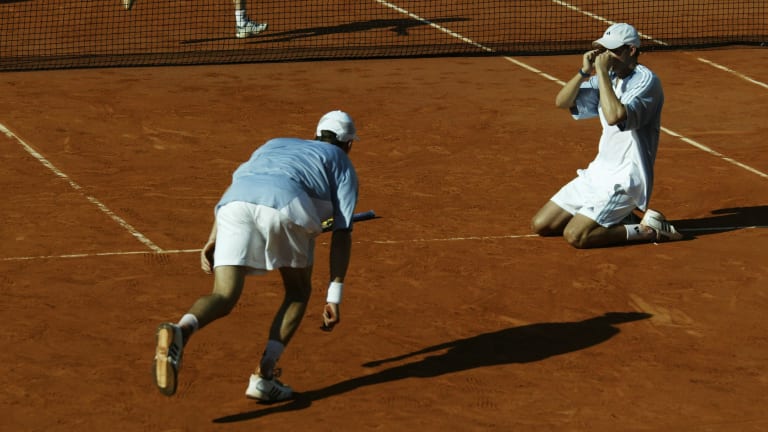Tennis.com Interview
Twenty years ago, the Bryan brothers broke through at Roland Garros
By Jun 10, 2023Tennis.com Interview
Nick Kyrgios brings the show, and new perspective, to Madison Square Garden
By Dec 08, 2025Tennis.com Interview
After longest off-season ever, Tommy Paul talks injury comeback, wedding plans at MSG
By Dec 08, 2025Tennis.com Interview
Following in family footsteps, Elli Mandlik clinches Australian Open return in wild card play-off
By Nov 25, 2025Tennis.com Interview
Ben Johnson 101: How an Instagram auteur is defining modern tennis lifestyle
By Nov 11, 2025Tennis.com Interview
Patrick Kypson, former college teammate of Rinderknech and Vacherot, is writing his own perseverance story
By Oct 28, 2025Tennis.com Interview
Michael Zheng channels Ivy League balancing act into rapidly blossoming pro tennis future
By Oct 21, 2025Tennis.com Interview
Flavio Cobolli wants to earn Davis Cup Finals nomination—and stay on as ATP's 'admin'
By Oct 16, 2025Tennis.com Interview
With IMG Academy backing, Wakana Sonobe kicks off pro career at home in Osaka
By Oct 16, 2025Tennis.com Interview
Alex Michelsen wins Almaty debut to end losing skid, reveals coaching trial with Kristof Vliegen
By Oct 15, 2025Twenty years ago, the Bryan brothers broke through at Roland Garros
The twins trace the oral history of their first win in Paris, two decades after the first of their record 16 Grand Slam wins as a pair.
Published Jun 10, 2023
Advertising
Advertising

The Bryan brothers broke the dam with their long-awaited first major title at Roland Garros in 2003.
© Getty Images
Advertising

After some heartbreaking defeats early in 2003, the brothers took a risk that paid off ahead of Paris.
© Getty Images
Advertising

The twins dethroned defending champions Haarhuis and Kafelnikov to triumph in Paris.
© Getty Images
Advertising

The Bryans, who later became known for a signature chest-bump celebration, had a different reaction to their first major win.
© Getty Images